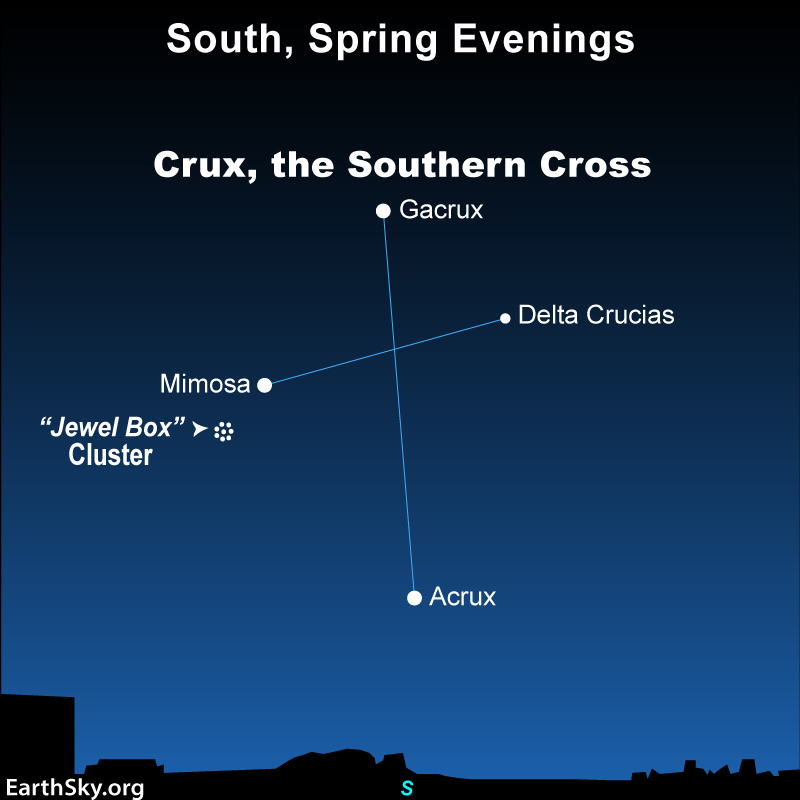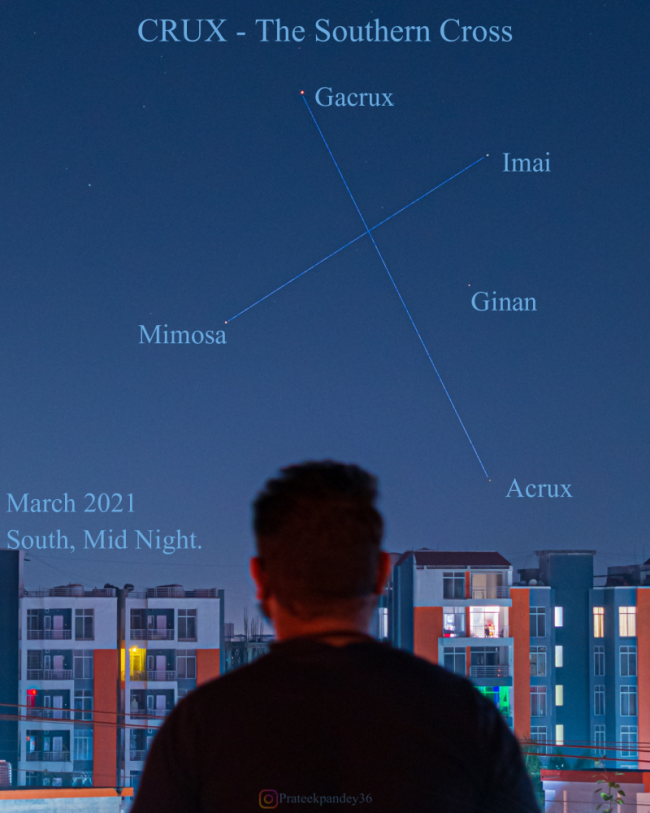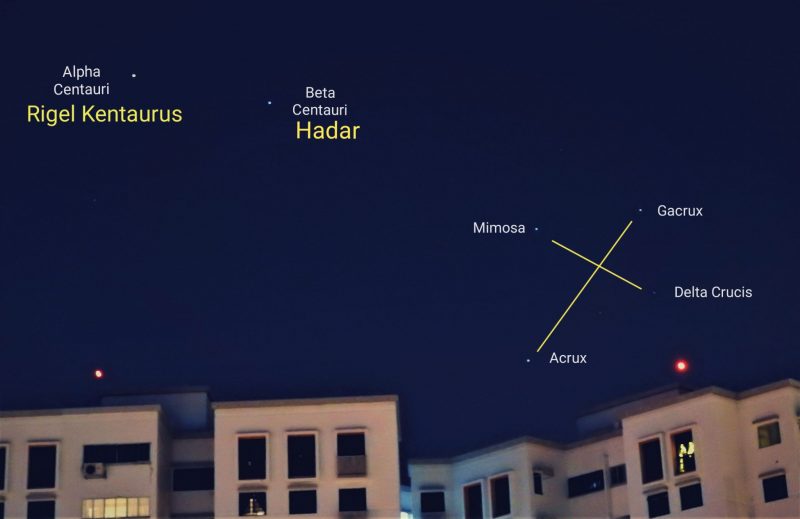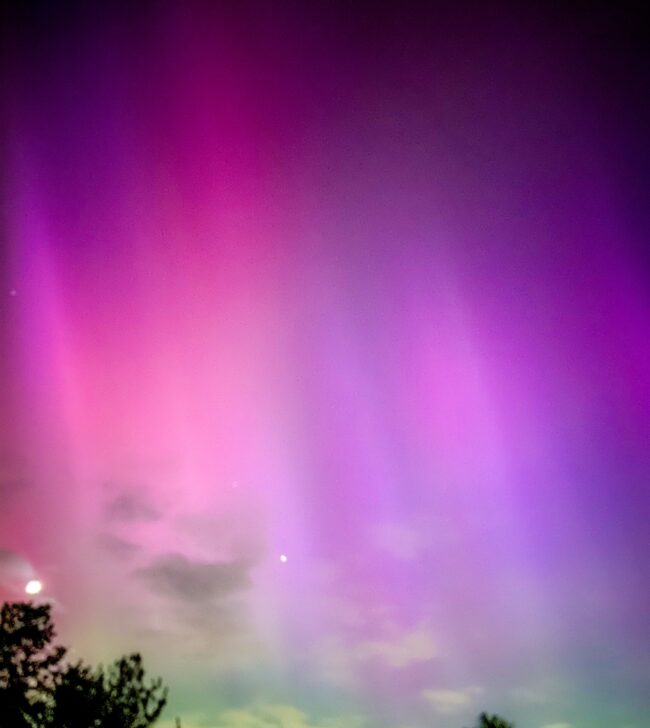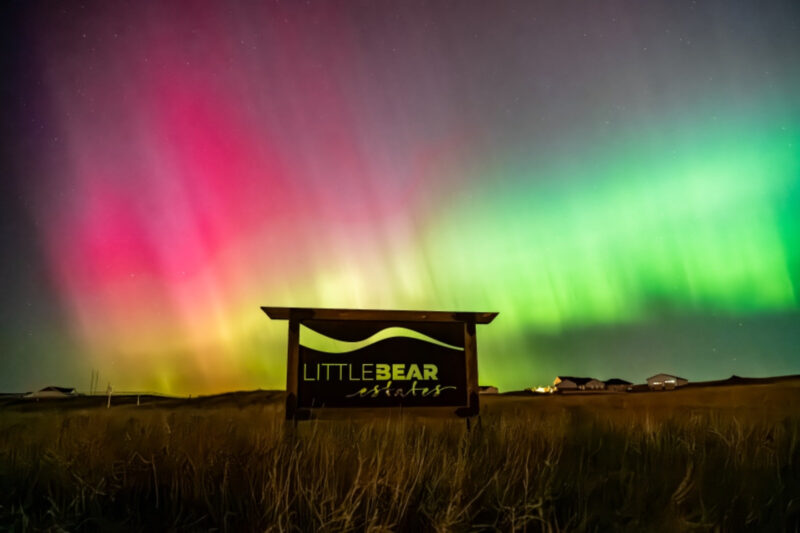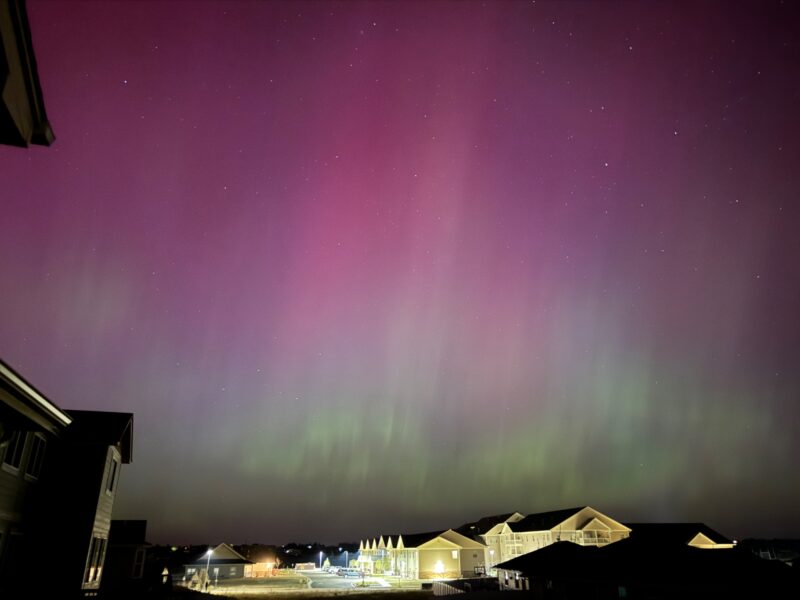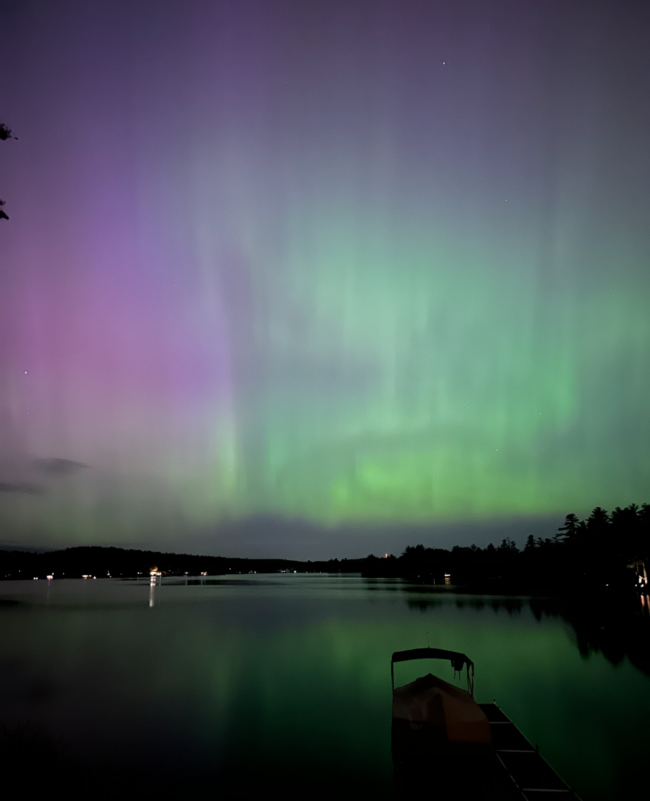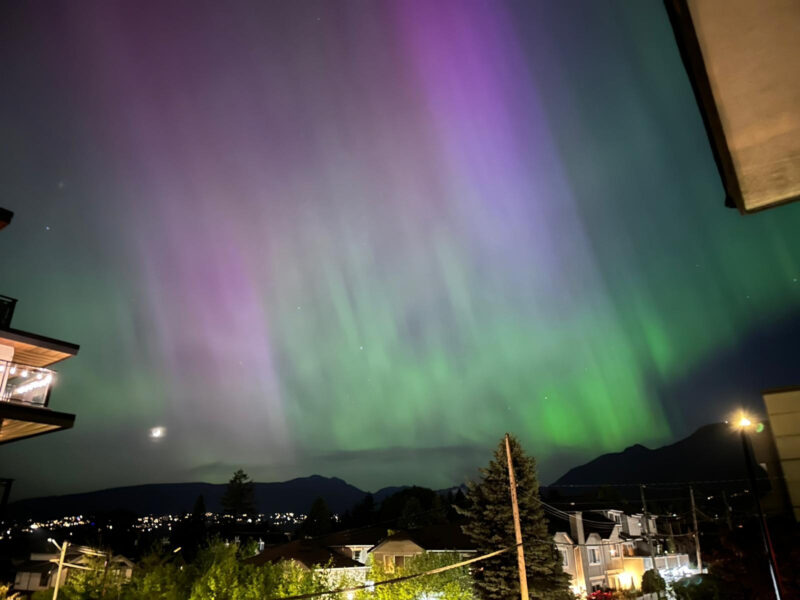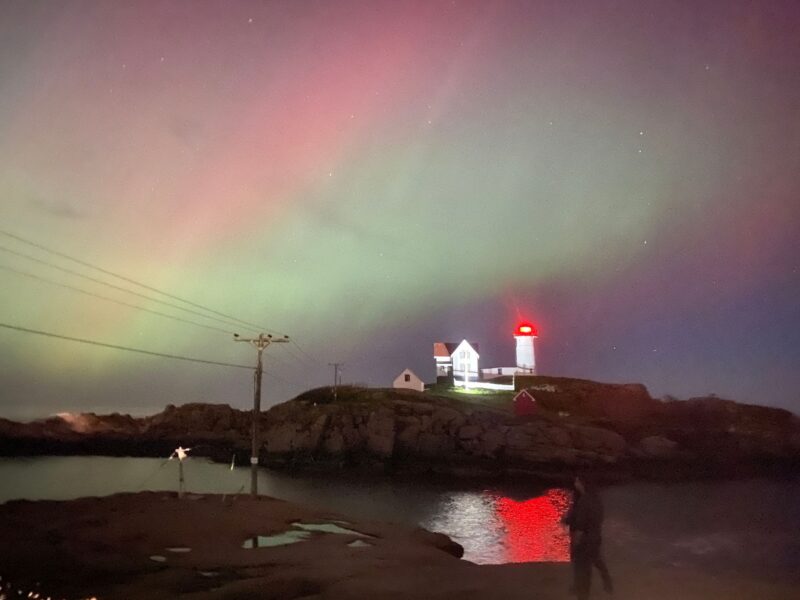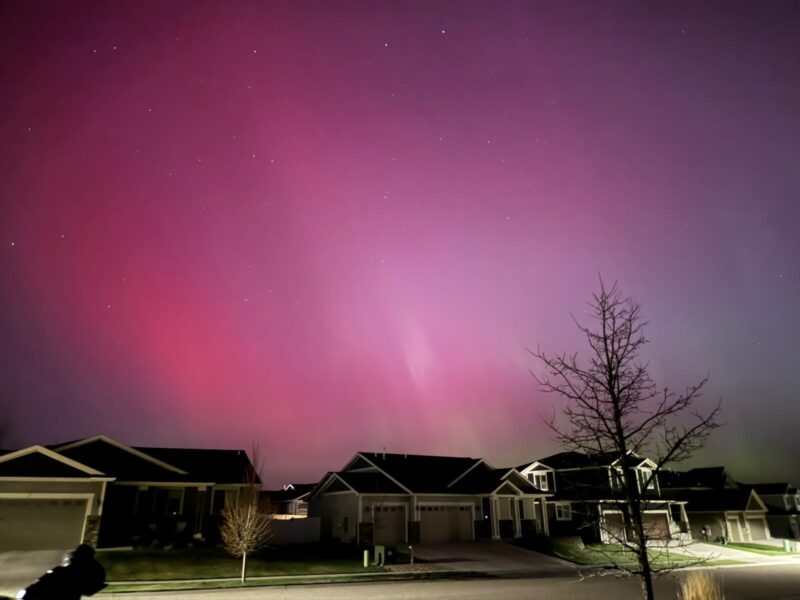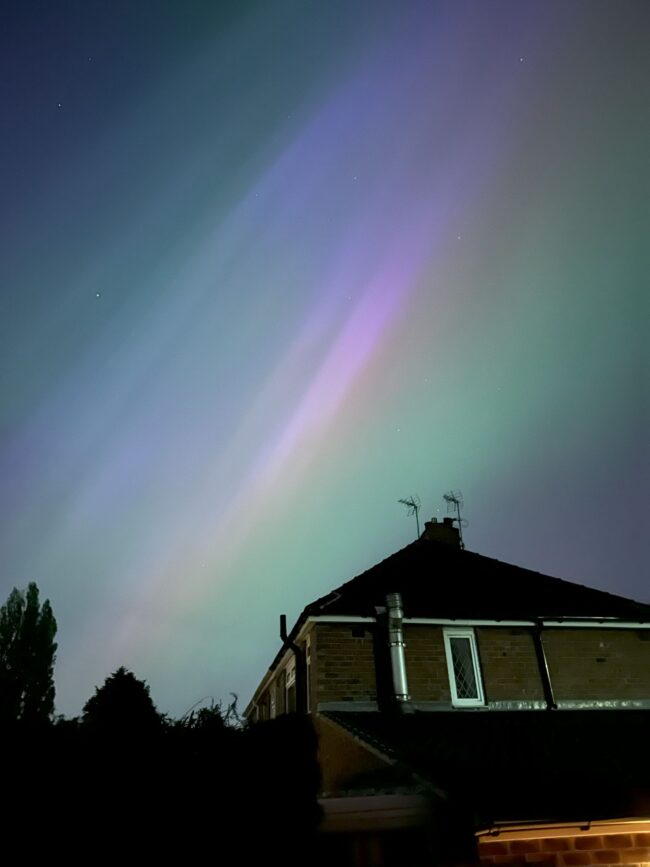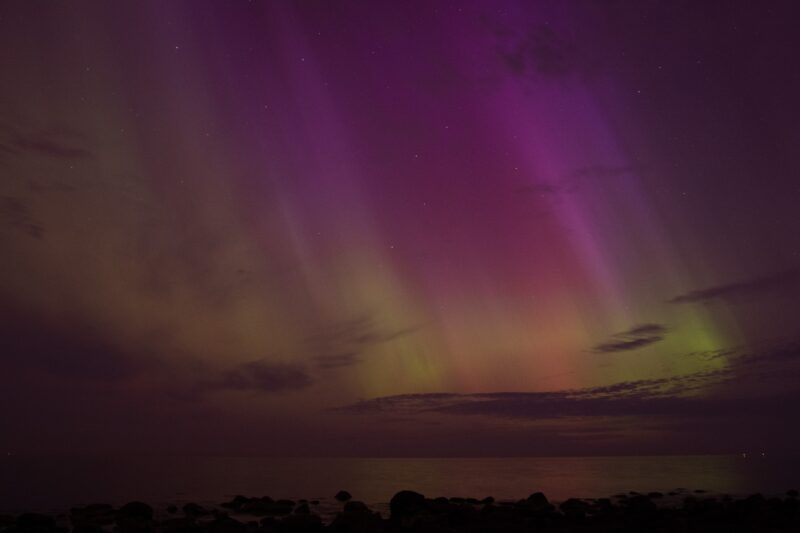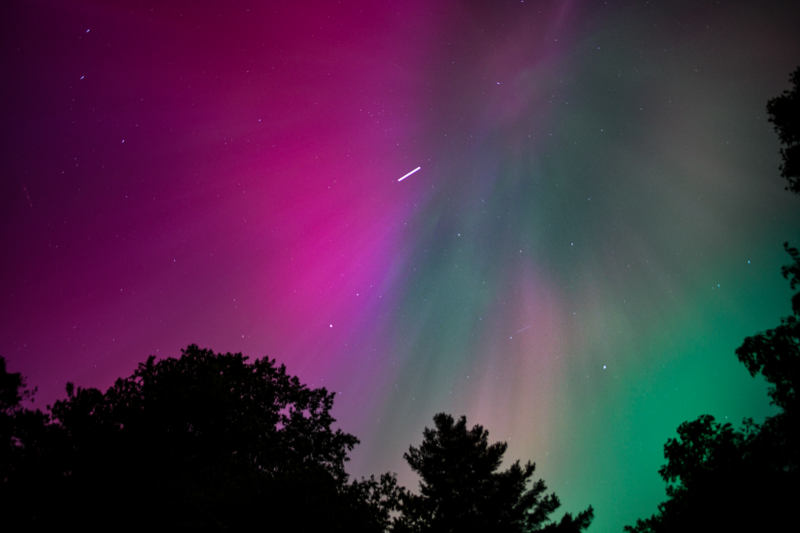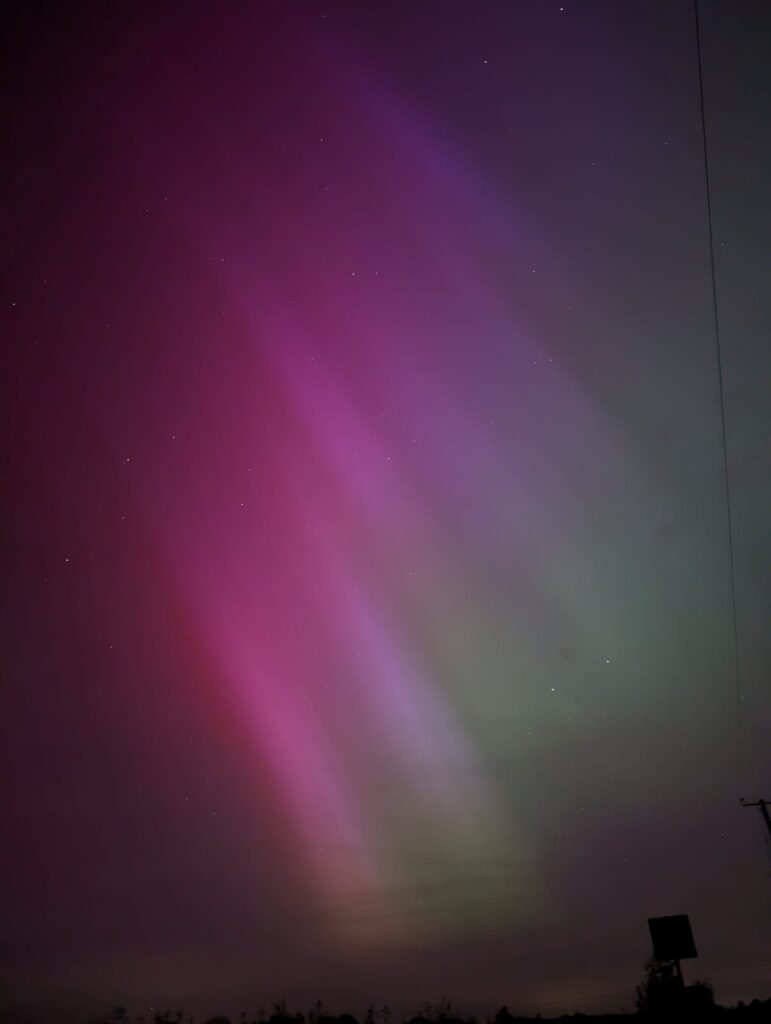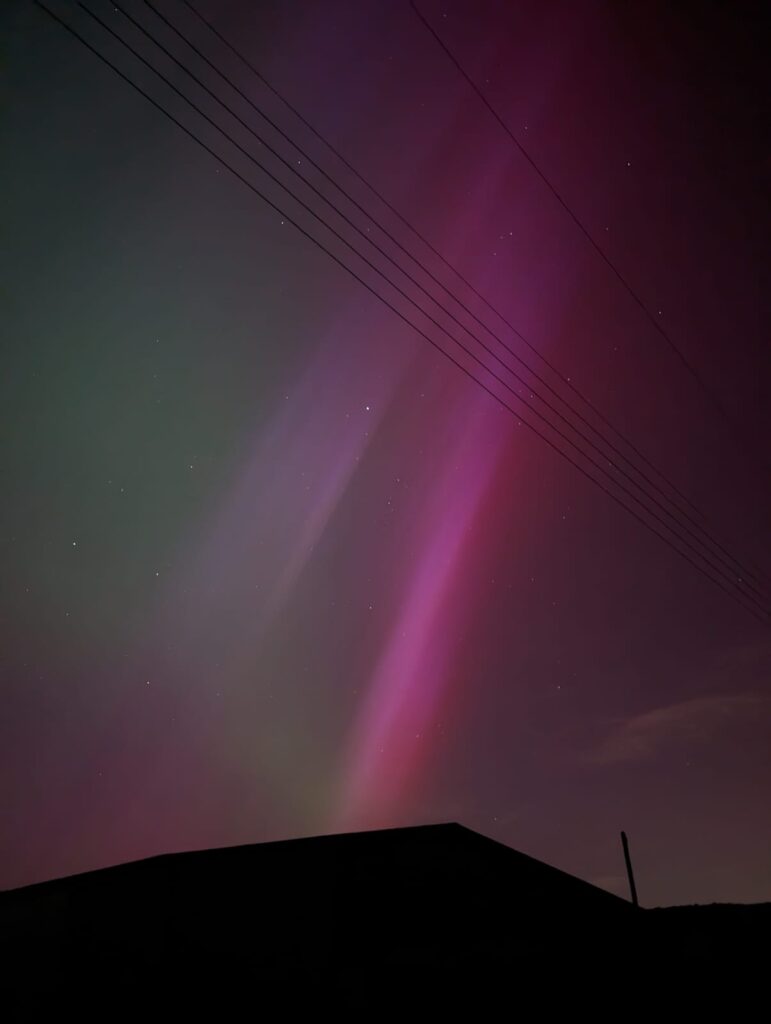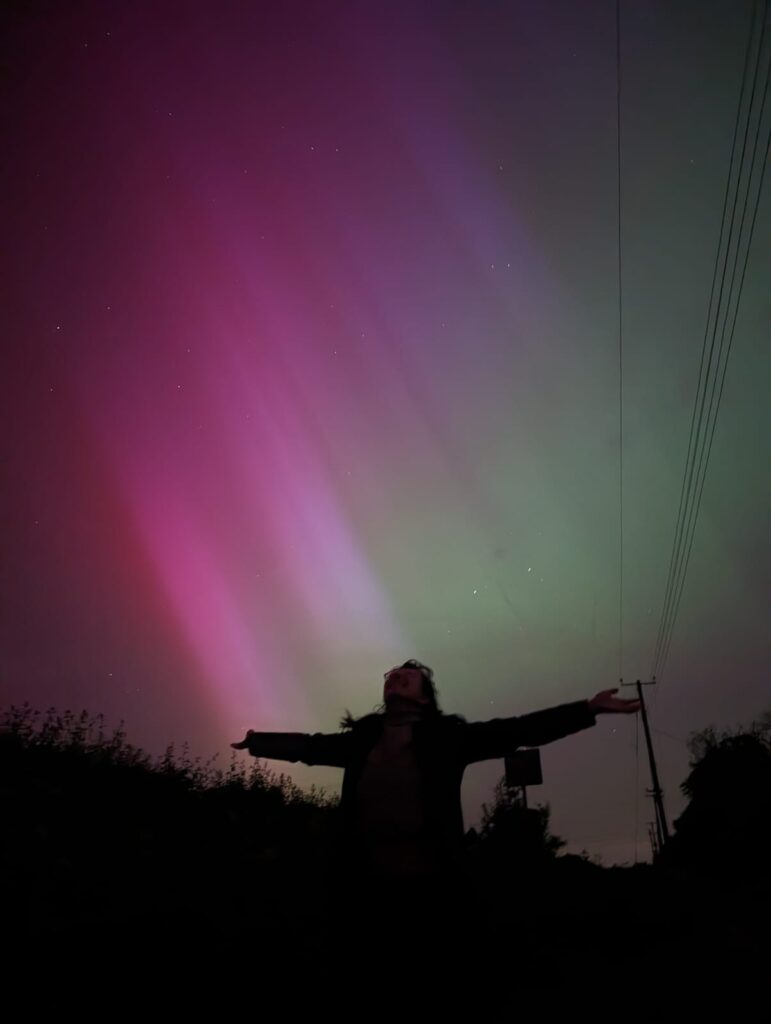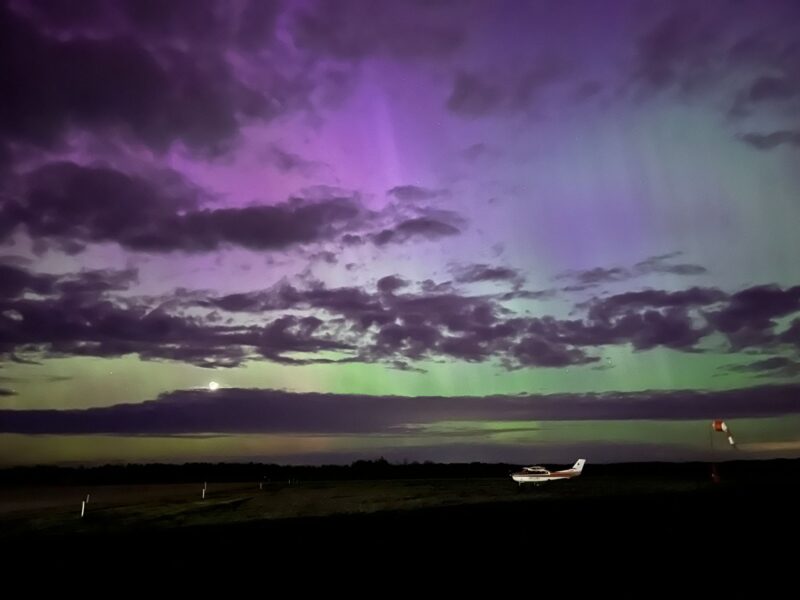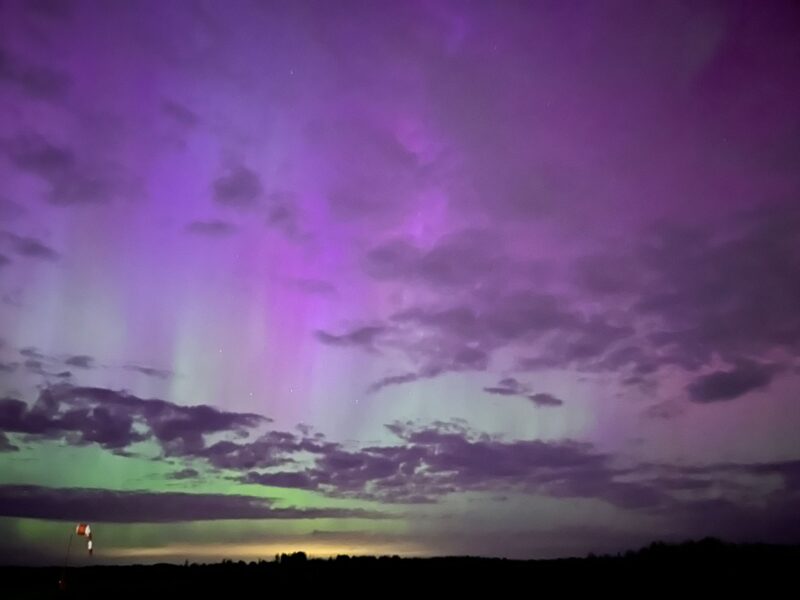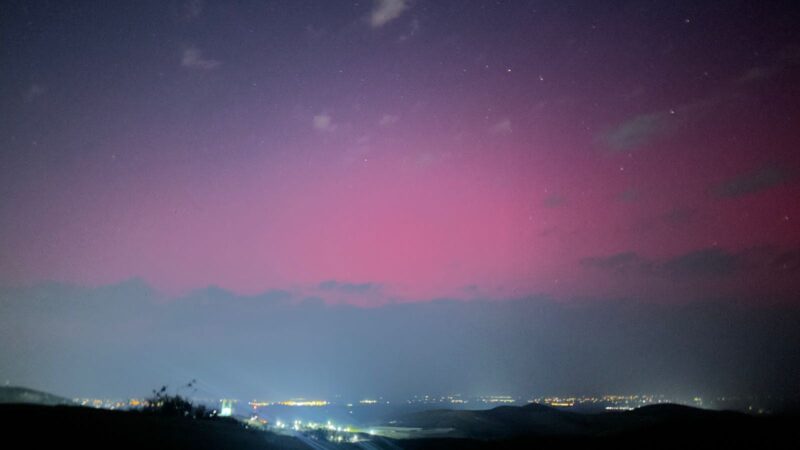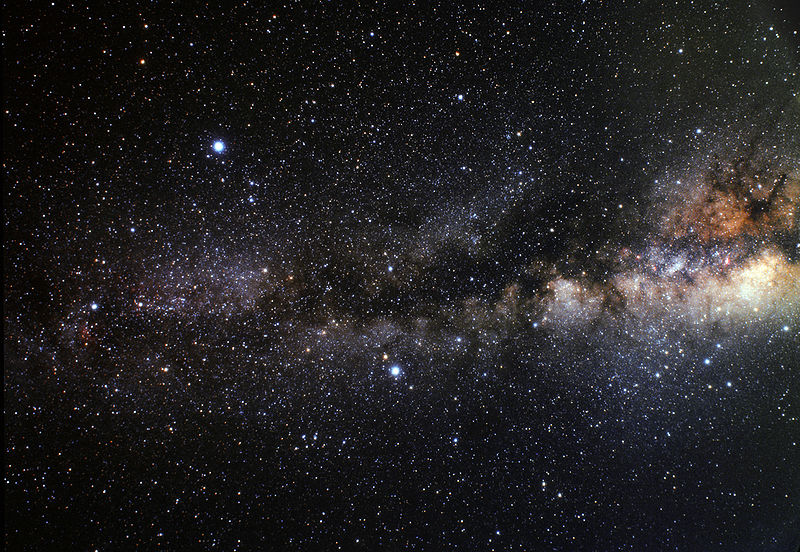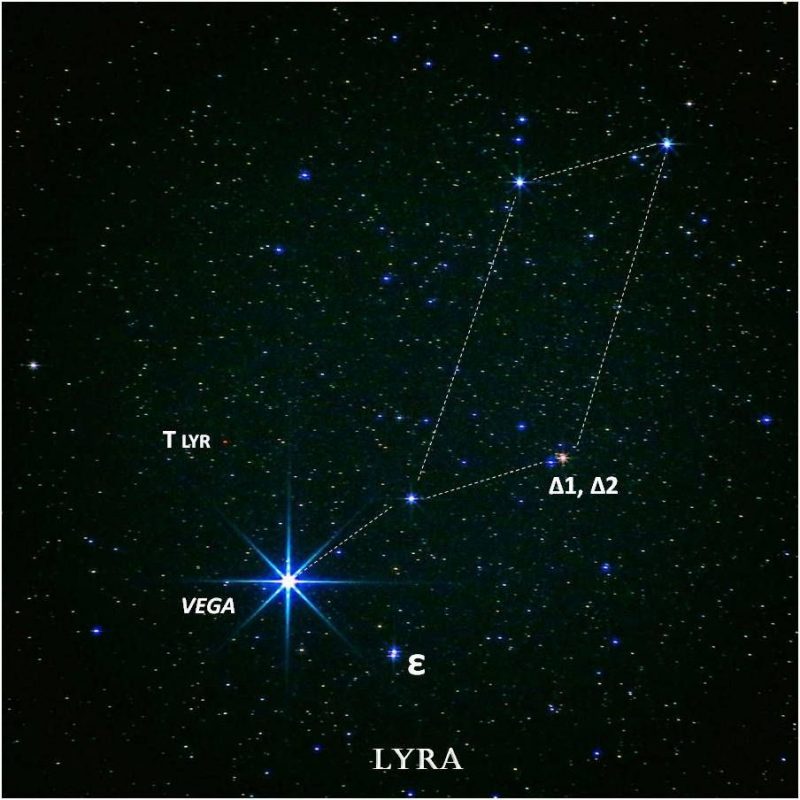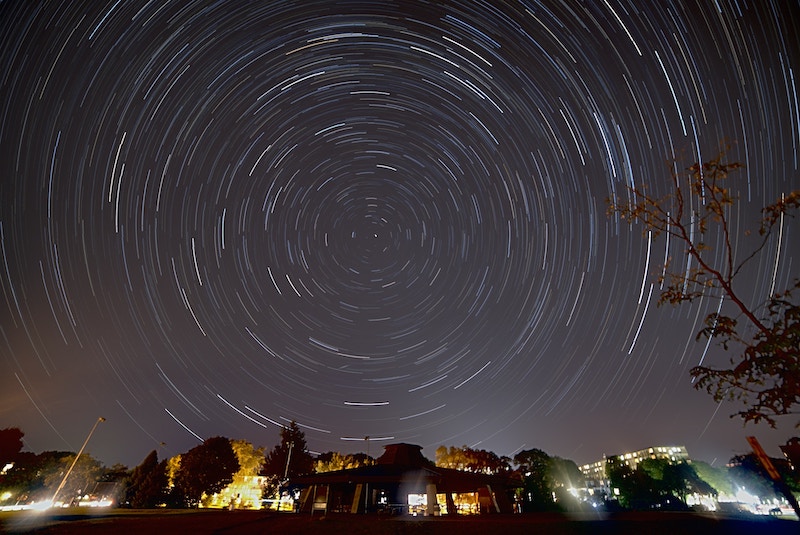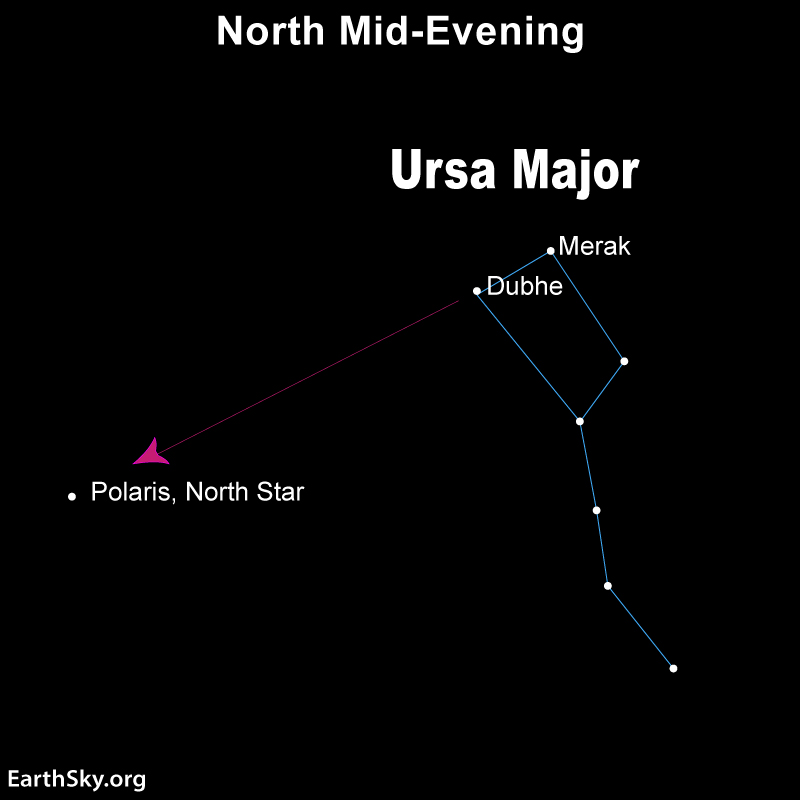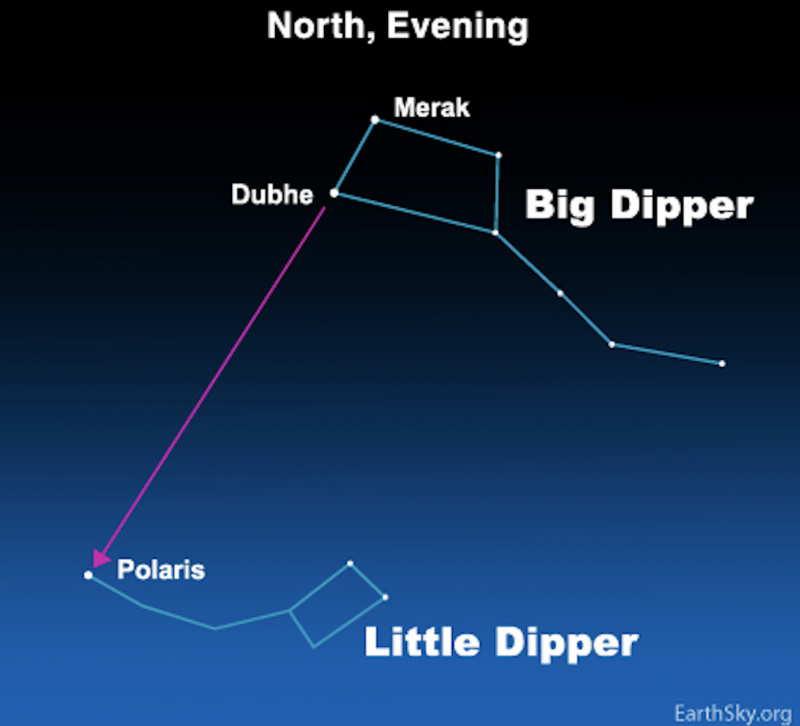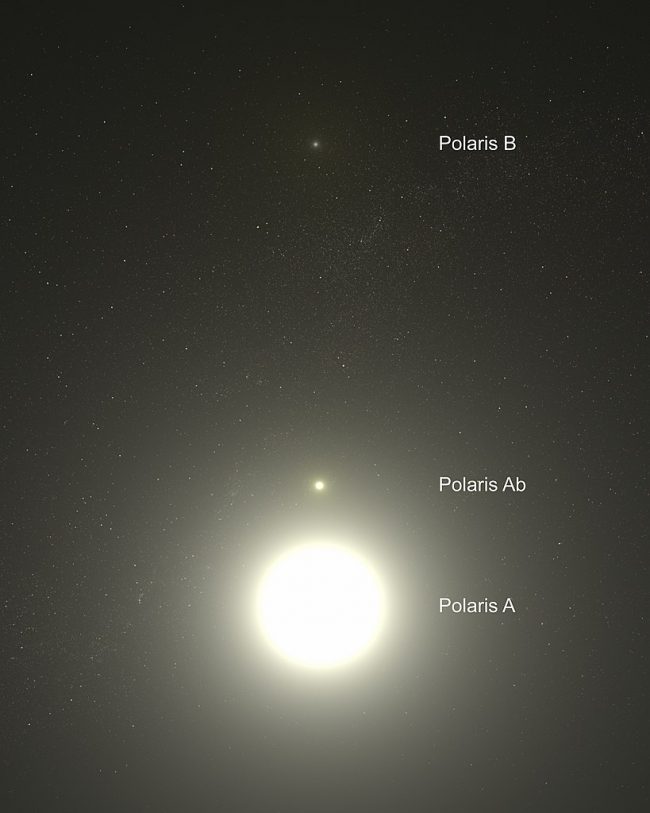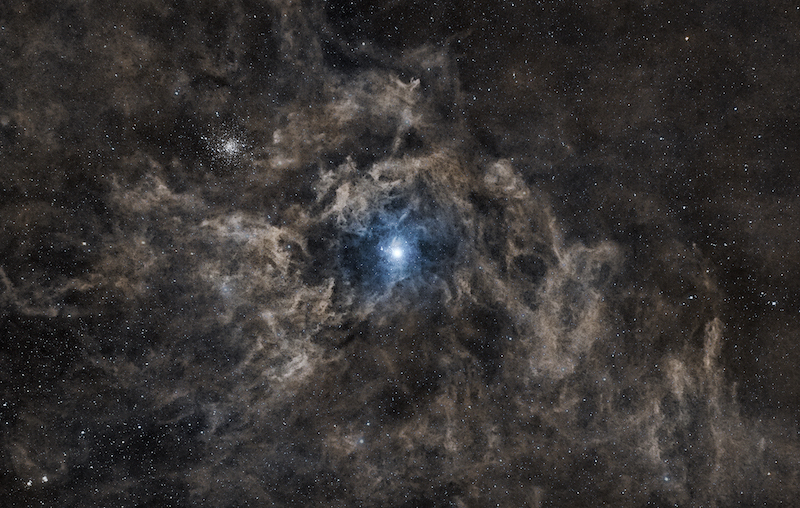
- Researchers looked for patterns in an earthquake swarm that started on the Noto Peninsula of Japan in late 2020.
- They found a correlation between the earthquakes and seasonal periods of heavy snow and rain.
- The snow and rain increase fluid pressure in cracks and fissures in subsurface bedrock, contributing to regular earthquake triggers and producing earthquake swarms.
Can intense weather trigger earthquakes?
Earthquakes happen when movement below Earth’s surface – such as shifting tectonic plates and faults – occurs. But could other factors also be at play? On May 8, 2024, researchers at the Massachusetts Institute of Technology (MIT) said climate and certain intense weather events may also help trigger earthquakes. In particular, heavy snowfall and rain can play a role. The new report focuses on a swarm of earthquakes in Japan over the past few years.
The researchers, led by former MIT research associate Qing-Yu Wang (now at Grenoble Alpes University), published their peer-reviewed findings in Science Advances on May 8, 2024.
Snowfall and rain contributed to earthquakes in Japan
The researchers focused on a series of earthquakes that have been occurring on the Noto Peninsula in Japan since 2020. The paper stated:
Since late 2020, a swarm of crustal earthquakes in the northeastern region of the Noto Peninsula, Japan, far from the plate boundaries of the subducting Pacific and Philippine plates, has been responsible for hundreds of earthquakes per day. Unlike typical subduction zone interplate earthquakes, inland crustal earthquakes in Japan islands predominantly take place at relatively shallow depths … Earthquake locations show that the Noto earthquake swarm started at a depth of about 15 km (9 mi), deeper than typical crustal earthquakes, and has since slowly migrated northeast toward the surface. This suggests that … there is an underlying forcing that is driving the earthquakes.
Connection between earthquakes and precipitation events
What is the underlying forcing? The new study suggests heavy snowfall and rain are at least part of the reason. The researchers found the start of the earthquake swarm matched up with strong precipitation events of heavy snow or rain. Study co-author William Frank at MIT’s Department of Earth, Atmospheric and Planetary Sciences (EAPS) said:
We see that snowfall and other environmental loading at the surface impacts the stress state underground, and the timing of intense precipitation events is well-correlated with the start of this earthquake swarm. So, climate obviously has an impact on the response of the solid earth, and part of that response is earthquakes.
The changes in underground pressure also correlate with seasonal patterns of snowfall and rainfall. Moreover, this pattern may occur elsewhere as well, not just in Japan.
Earthquake swarm and seismic velocity
The earthquakes in Japan – hundreds since late 2020 – are what scientists call an earthquake swarm. Instead of one big initial earthquake, followed by aftershocks, these are ongoing swarms of earthquakes without an initial bigger earthquake to trigger them. The research team at MIT, as well as scientists in Japan, looked for patterns in the swarms. Using the Japanese Meteorological Agency’s catalog of earthquakes, they examined earthquakes on Noto Peninsula over the past 11 years.
And indeed, they found something interesting. Before 2020, the recorded earthquakes were sporadic in nature. But after 2020, the earthquakes became more intense. They also began to cluster, which was the beginning of the swarm. To check this further, the researchers compared those results with another dataset from monitoring stations during the same 11-year period. The researchers wanted to check the speed, or the “seismic velocity,” of the seismic events, as in how fast a seismic wave traveled between monitoring stations.
The speed depends on the structure of the subsurface. The results supported the earlier findings. The seismic velocities changed when the earthquake swarm started and were also synchronized with the changing seasons. That was a big clue. Frank said:
We then had to explain why we were observing this seasonal variation.
Weight from snow and rain
So there was a demonstrated connection to the changing seasons. But why, exactly? Could changes in the environment somehow affect the subsurface where the earthquakes occurred? The answer had to do with seasonal precipitation. Snow or rain could affect the pore fluid pressure beneath the surface. This is the pressure from fluids in cracks and fissures in bedrock. As Frank explained:
When it rains or snows, that adds weight, which increases pore pressure, which allows seismic waves to travel through slower. When all that weight is removed, through evaporation or runoff, all of a sudden, that pore pressure decreases and seismic waves are faster.
So how could Wang and the team test this further? They created a hydromechanical model of the Noto Peninsula to simulate the underlying pore pressure over the last 11 years in response to seasonal changes in precipitation. The data included measurements of daily snow, rainfall and sea-level changes. The team used the data to track changes in excess pore pressure. Again, the results matched up with previous findings, as Frank noted:
We had seismic velocity observations, and we had the model of excess pore pressure, and when we overlapped them, we saw they just fit extremely well.

Snowfall the biggest contributor
Snowfall in particular had the strongest effect. So the periods of heavy snowfall helped to trigger the earthquake swarm. Frank added:
We can see that the timing of these earthquakes lines up extremely well with multiple times where we see intense snowfall. It’s well-correlated with earthquake activity. And we think there’s a physical link between the two.
The researchers note that while heavy snowfall and rain can contribute to producing an earthquake swarm, the original trigger is, as usual, in the subsurface. The climate and events simply enhance the effects. Frank said:
When we first want to understand how earthquakes work, we look to plate tectonics, because that is and will always be the number one reason why an earthquake happens. But, what are the other things that could affect when and how an earthquake happens? That’s when you start to go to second-order controlling factors, and the climate is obviously one of those.
Bottom line: A new study from MIT shows that climate and intense weather events like heavy snowfall and rain helped produce a swarm of earthquakes in Japan starting in 2020.
Source: Untangling the environmental and tectonic drivers of the Noto earthquake swarm in Japan
Read more: Are some modern earthquakes aftershocks from the 1800s?
Read more: Can we predict earthquakes now? No, but there’s news
The post Can earthquakes be triggered by intense weather? first appeared on EarthSky.
from EarthSky https://ift.tt/sVOAycd

- Researchers looked for patterns in an earthquake swarm that started on the Noto Peninsula of Japan in late 2020.
- They found a correlation between the earthquakes and seasonal periods of heavy snow and rain.
- The snow and rain increase fluid pressure in cracks and fissures in subsurface bedrock, contributing to regular earthquake triggers and producing earthquake swarms.
Can intense weather trigger earthquakes?
Earthquakes happen when movement below Earth’s surface – such as shifting tectonic plates and faults – occurs. But could other factors also be at play? On May 8, 2024, researchers at the Massachusetts Institute of Technology (MIT) said climate and certain intense weather events may also help trigger earthquakes. In particular, heavy snowfall and rain can play a role. The new report focuses on a swarm of earthquakes in Japan over the past few years.
The researchers, led by former MIT research associate Qing-Yu Wang (now at Grenoble Alpes University), published their peer-reviewed findings in Science Advances on May 8, 2024.
Snowfall and rain contributed to earthquakes in Japan
The researchers focused on a series of earthquakes that have been occurring on the Noto Peninsula in Japan since 2020. The paper stated:
Since late 2020, a swarm of crustal earthquakes in the northeastern region of the Noto Peninsula, Japan, far from the plate boundaries of the subducting Pacific and Philippine plates, has been responsible for hundreds of earthquakes per day. Unlike typical subduction zone interplate earthquakes, inland crustal earthquakes in Japan islands predominantly take place at relatively shallow depths … Earthquake locations show that the Noto earthquake swarm started at a depth of about 15 km (9 mi), deeper than typical crustal earthquakes, and has since slowly migrated northeast toward the surface. This suggests that … there is an underlying forcing that is driving the earthquakes.
Connection between earthquakes and precipitation events
What is the underlying forcing? The new study suggests heavy snowfall and rain are at least part of the reason. The researchers found the start of the earthquake swarm matched up with strong precipitation events of heavy snow or rain. Study co-author William Frank at MIT’s Department of Earth, Atmospheric and Planetary Sciences (EAPS) said:
We see that snowfall and other environmental loading at the surface impacts the stress state underground, and the timing of intense precipitation events is well-correlated with the start of this earthquake swarm. So, climate obviously has an impact on the response of the solid earth, and part of that response is earthquakes.
The changes in underground pressure also correlate with seasonal patterns of snowfall and rainfall. Moreover, this pattern may occur elsewhere as well, not just in Japan.
Earthquake swarm and seismic velocity
The earthquakes in Japan – hundreds since late 2020 – are what scientists call an earthquake swarm. Instead of one big initial earthquake, followed by aftershocks, these are ongoing swarms of earthquakes without an initial bigger earthquake to trigger them. The research team at MIT, as well as scientists in Japan, looked for patterns in the swarms. Using the Japanese Meteorological Agency’s catalog of earthquakes, they examined earthquakes on Noto Peninsula over the past 11 years.
And indeed, they found something interesting. Before 2020, the recorded earthquakes were sporadic in nature. But after 2020, the earthquakes became more intense. They also began to cluster, which was the beginning of the swarm. To check this further, the researchers compared those results with another dataset from monitoring stations during the same 11-year period. The researchers wanted to check the speed, or the “seismic velocity,” of the seismic events, as in how fast a seismic wave traveled between monitoring stations.
The speed depends on the structure of the subsurface. The results supported the earlier findings. The seismic velocities changed when the earthquake swarm started and were also synchronized with the changing seasons. That was a big clue. Frank said:
We then had to explain why we were observing this seasonal variation.
Weight from snow and rain
So there was a demonstrated connection to the changing seasons. But why, exactly? Could changes in the environment somehow affect the subsurface where the earthquakes occurred? The answer had to do with seasonal precipitation. Snow or rain could affect the pore fluid pressure beneath the surface. This is the pressure from fluids in cracks and fissures in bedrock. As Frank explained:
When it rains or snows, that adds weight, which increases pore pressure, which allows seismic waves to travel through slower. When all that weight is removed, through evaporation or runoff, all of a sudden, that pore pressure decreases and seismic waves are faster.
So how could Wang and the team test this further? They created a hydromechanical model of the Noto Peninsula to simulate the underlying pore pressure over the last 11 years in response to seasonal changes in precipitation. The data included measurements of daily snow, rainfall and sea-level changes. The team used the data to track changes in excess pore pressure. Again, the results matched up with previous findings, as Frank noted:
We had seismic velocity observations, and we had the model of excess pore pressure, and when we overlapped them, we saw they just fit extremely well.

Snowfall the biggest contributor
Snowfall in particular had the strongest effect. So the periods of heavy snowfall helped to trigger the earthquake swarm. Frank added:
We can see that the timing of these earthquakes lines up extremely well with multiple times where we see intense snowfall. It’s well-correlated with earthquake activity. And we think there’s a physical link between the two.
The researchers note that while heavy snowfall and rain can contribute to producing an earthquake swarm, the original trigger is, as usual, in the subsurface. The climate and events simply enhance the effects. Frank said:
When we first want to understand how earthquakes work, we look to plate tectonics, because that is and will always be the number one reason why an earthquake happens. But, what are the other things that could affect when and how an earthquake happens? That’s when you start to go to second-order controlling factors, and the climate is obviously one of those.
Bottom line: A new study from MIT shows that climate and intense weather events like heavy snowfall and rain helped produce a swarm of earthquakes in Japan starting in 2020.
Source: Untangling the environmental and tectonic drivers of the Noto earthquake swarm in Japan
Read more: Are some modern earthquakes aftershocks from the 1800s?
Read more: Can we predict earthquakes now? No, but there’s news
The post Can earthquakes be triggered by intense weather? first appeared on EarthSky.
from EarthSky https://ift.tt/sVOAycd

